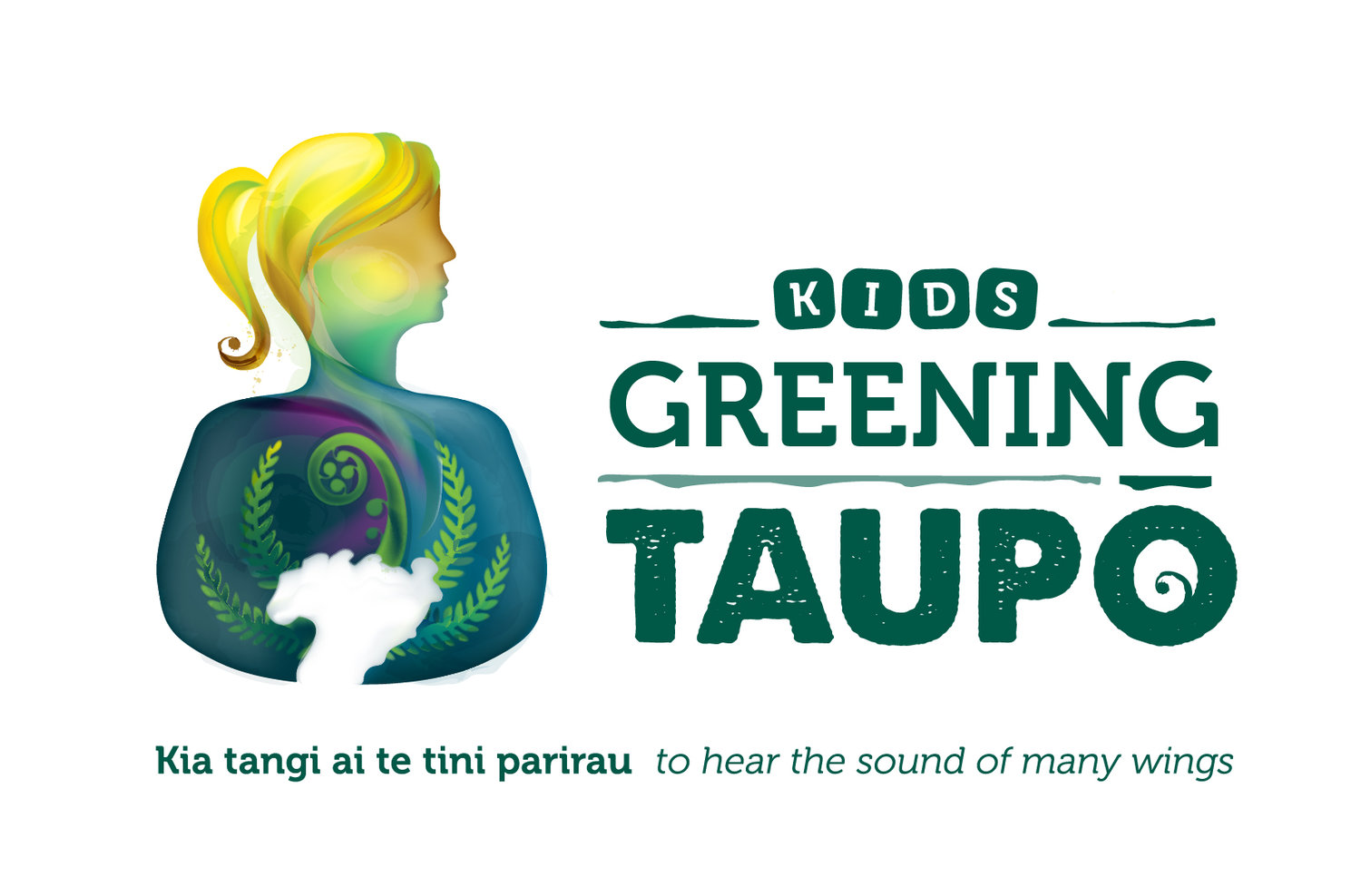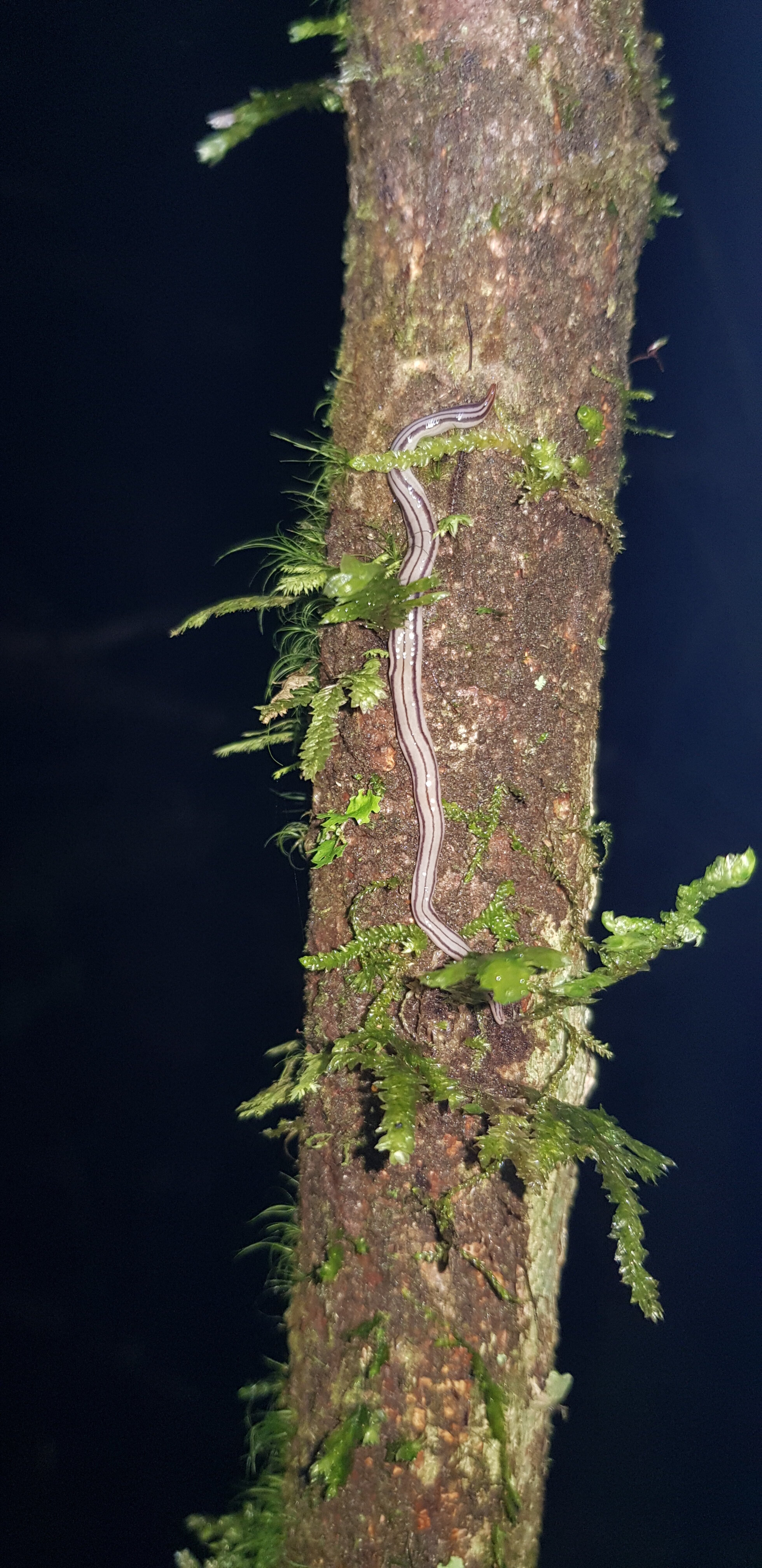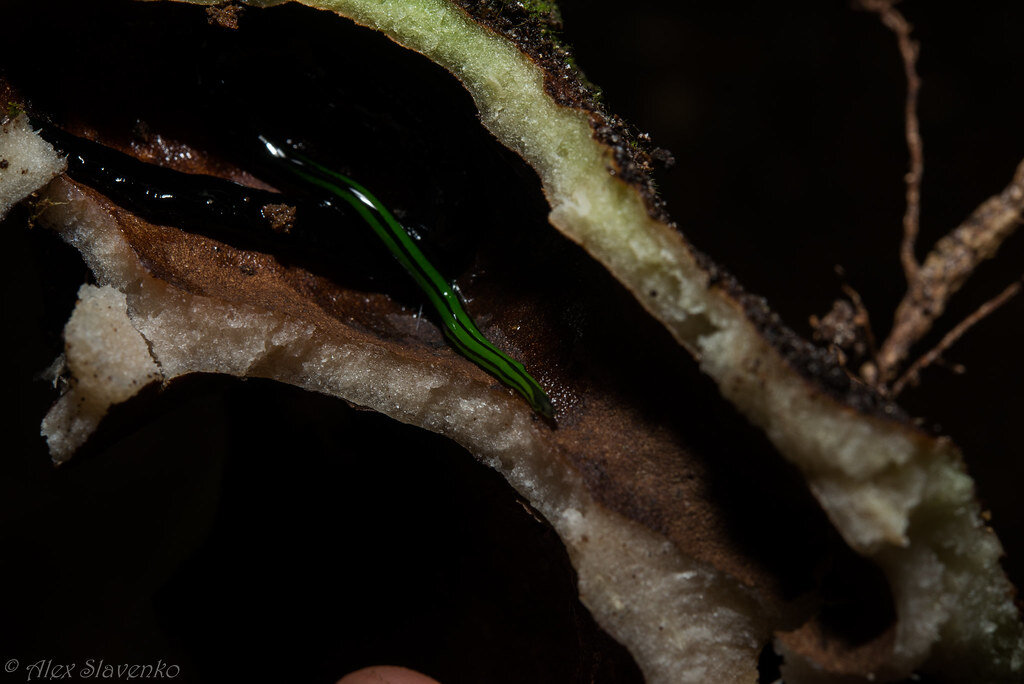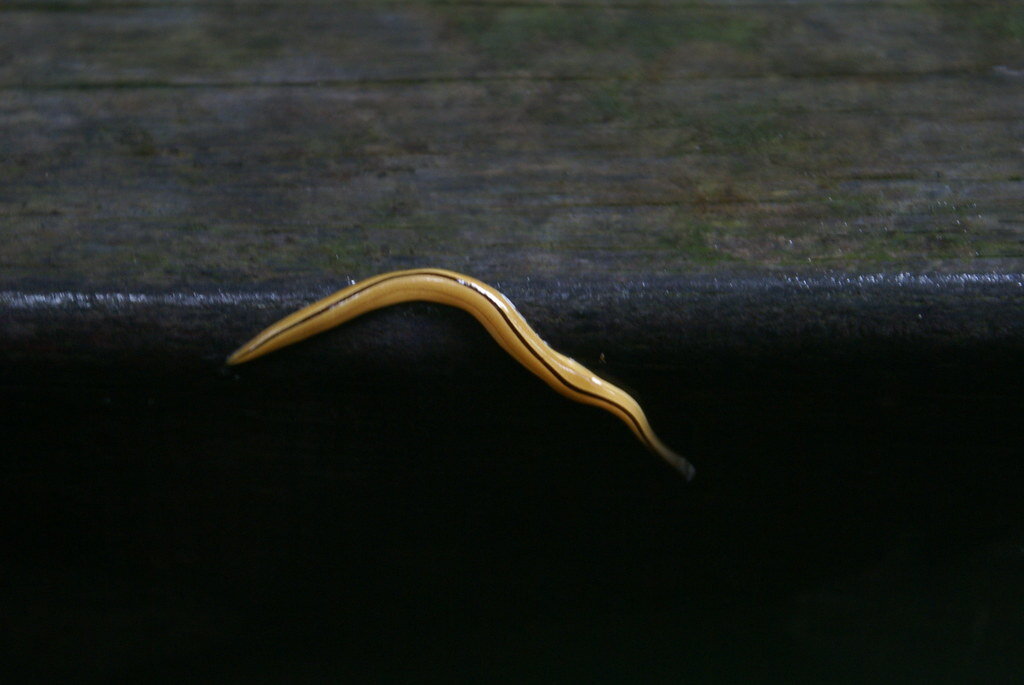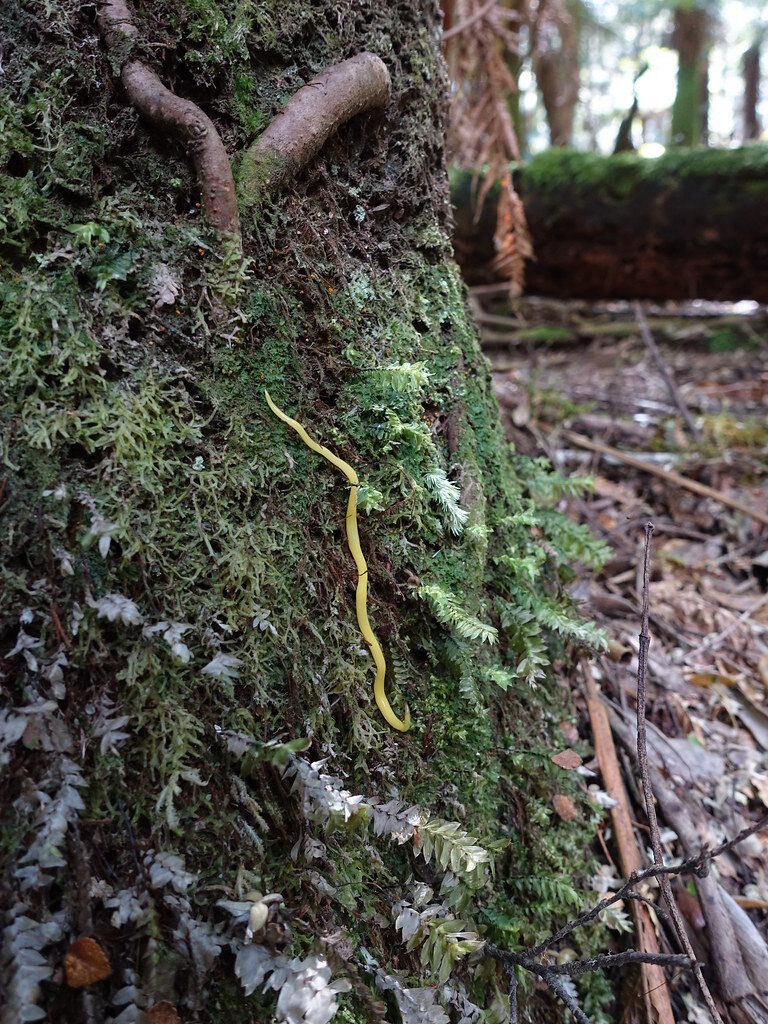Learn about Flatworms
Terrestrial flatworms are often confused with slugs, but flat worms are very flat compared to slugs. They are different from typical earthworms as they are unsegmented- they don’t have sections like worms do. Similar to other worms, flat worms contract and stretch out to glide along the soil which can change their body length. They glide with help from a thin muscus (slimy) layer. They can come in a variety of colours and patterns.
Terrestrial flatworms eat other small bugs, including slugs, snails, earthworms, and other soil invertebrates. They use chemical signals to detect their food deep in the soil. Flatworms play a role in the decomposition (break down) of these creatures, recycling them into nutrient rich soil. They eat their prey by secreting a thick muscus subtance that externally (outside of the body) digests the prey.
One of Aotearoa’s native flatworm species, an earthworm eater, has become a pest species in Europe. It may have been accidentally introduced through the trading of soil and plants. Learn more about the issues the NZ flatworm have caused in Europe HERE.
Flatworms are very delicate, so it is best to look with your eyes, rather than touch if you find any.
Learn more HERE.
